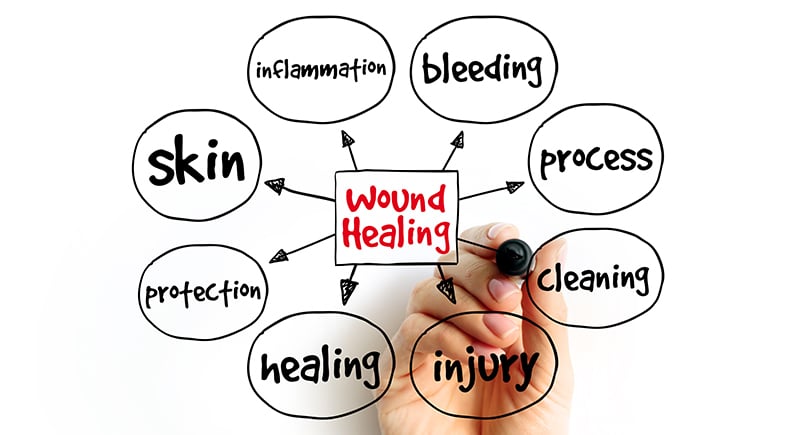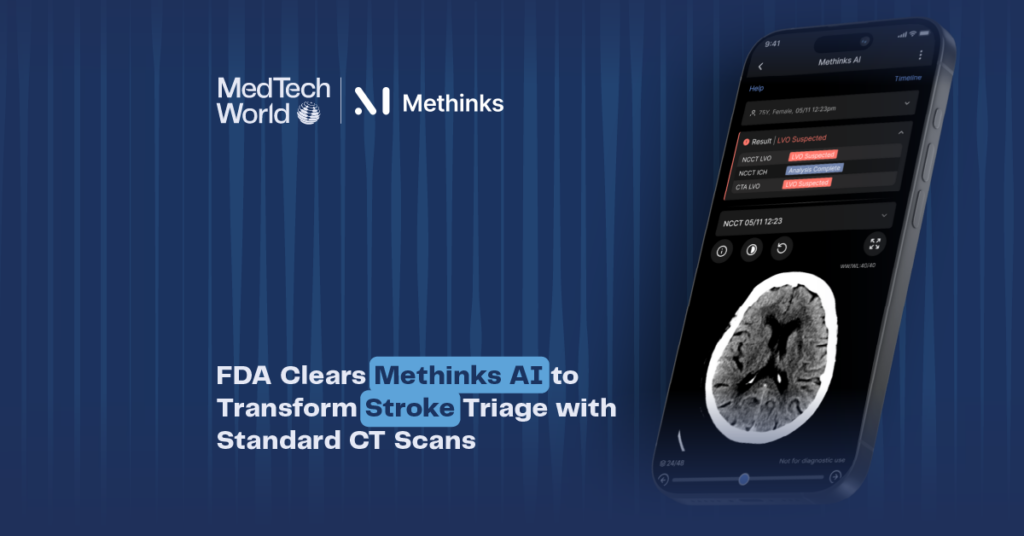
Michael Joe Cini
6th May 2023
Chalmers University Develops Bioelectronic Solution for Wound Healing
Chronic wounds are a considerable burden, causing significant pain and risk of infection for those who experience them. To solve this, a team of researchers at Chalmers University of Technology, Sweden, have proposed a new microfluidic system to facilitate rapid wound healing. This new system may lead to new medical devices that can assist with wound healing up to three times faster than non-stimulated wounds.
How the researchers conquered the challenge
Maria Asplund, an Associate Professor of Bioelectronics at the Department of Microtechnology and Nanoscience, Chalmers University of Technology, Gothenburg, and Sebastian Shaner, a PhD researcher at the Department of Microsystems Engineering, University of Freiburg, conceived the development of the bioelectronic microfluidic wound healing solution. Sebastian Shaner has previously worked at Illumina, a San Diego-based genome research firm, and his portfolio includes the development of tech solutions such as cancer stem cell isolation devices and next-generation sequencing flow cells.
Other researchers on the seven-person team are Anna Savelyeva, Anja Kvartuh, Nicole Jedrusik, Lukas Matter, and José Leal, all researchers at the Department of Microsystems Engineering, University of Freiburg, Germany. The European Research Council (ERC) funded the project under the EU’s Horizon 2020 Research and Innovation program. The project also received further support from BrainLinks-BrainTools, which the German Research Foundation funds.
According to the World Health Organization and International Diabetes Foundation, one in 11 adults today has some form of diabetes, a condition which inhibits effective wound healing. Additionally, diseases such as systemic lupus erythematosus (SLE) affect wound healing, and patients of these diseases stand to gain from deepened research into pathways that can improve their typically poor healing of wounds.
Asplund and her team recently received a large grant that will enable them to continue their research, which will allow them to facilitate the development of market-ready wound-healing products. “We are now looking at how different skin cells interact during stimulation to take a step closer to a realistic wound. We want to develop a concept to be able to ‘scan’ wounds and adapt the stimulation based on the individual wound. We are convinced that this is the key to effectively helping individuals with slow-healing wounds in the future,” Asplund said.
The bioelectronic microfluidic system: A new technique for wound healing
Wounds typically expose patients to several risks – chronic pain, exposure to infections, and even a risk of amputation if the wound fails to heal and progresses to become infected. Based on an old but largely unexplored hypothesis in the electromagnetic properties of skin cells, researchers at Chalmers University of Technology and the University of Freiburg have collaborated to develop a new technique for healing wounds.
The basic idea behind this new technique is that skin cells are electrotactic – meaning that skin cells exhibit directional migration when placed in an electric field. According to this hypothesis, skin cells ‘move’ randomly in a normal state, with no preferred orientation. However, when placed in an electric field, the cells stop moving randomly and start moving in the same direction. To investigate this principle, the researchers put skin cells in a petri dish where an electric field had been created and were able to observe the directional migration of skin cells.
First, the researchers obtained artificial skin models derived from immortalized human epidermal keratinocytes. The keratinocytes were cultured in a serum-free keratinocyte growth medium and incubated at normal human body temperatures. It is important to note that chronic wounds are a usual occurrence in patients suffering from conditions such as diabetes and spinal injuries, as their ability to heal is significantly reduced. Maria Asplund, head of research on the project, said, “We saw that when we mimic diabetes in the cells, the wounds on the chip heal very slowly.”
The researchers then mimicked a diabetic wound environment by modifying the culture and proceeding to wound the cells. They then monitored the rate at which the wounds healed, revealing glowing results. The stimulated cells in a diabetic environment healed at a rate of 2.8% per hour, as opposed to 1% per hour in unstimulated diabetic-like keratinocytes.
Speaking of their observations, Asplund said, “We were able to show that the old hypothesis about electric stimulation can be used to make wounds heal significantly faster. In order to study exactly how this works for wounds, we developed a kind of biochip on which we cultured skin cells, which we then made tiny wounds in.” She added, “We stimulated one wound with an electric field, which clearly led to it healing three times as fast as the wound that healed without electric stimulation.”
Microfluidic Healing: The potential for healing chronic wounds
The researchers published their findings in 2023’s 6th issue of the journal Lab on a Chip in a paper titled ‘Bioelectronic microfluidic wound healing: a platform for investigating direct current stimulation of injured cell collectives.’ They note that wounds “naturally form small EFs when the skin’s epithelial layer is broken,” with the naturally occurring EF (electric field) varying from person to person. 18 – 25-year-olds typically have a lateral EF of about 107 mV mm-1 to 148 mV mm-1, almost 48% larger than that of 65 – 80-year-olds.
Additionally, this EF has been found to have been negatively impacted in patients with diseases such as diabetes, suggesting that electrical fields are essential for migratory processes in wound healing.
Previous studies have shown evidence for this effect, such as a 2021 study by researchers at Princeton University where an EF stimulus caused a gap between two epithelial sheets to be closed twice as fast as an unstimulated control. The researchers aimed to understand how the effect of an EF stimulus would impact cultured disease models, which are traditionally known to heal more slowly. The researchers sustained DC stimulation for several hours using electrodes made from a combination of laser-induced graphene (LIG) and a PEDOT: PSS hydrogel. The components of the microfluidic device were fabricated with a 30 W carbon dioxide (CO2) laser.
The results were promising. Non-diseased models healed at a rate of 3.5% per hour, with the EF-stimulated diseased culture coming in a close second at 2.8% per hour. Non-stimulated diseased models healed at 1% per hour, demonstrating bioelectronic microfluidics’ capacity to facilitate rapid wound healing.
We invite you to be a part of the Med-Tech World Roadshow!
Join us in London for an evening of networking, learning, and innovation in digital health and med-tech. This is a unique chance to collaborate and share ideas about shaping the future of healthcare. Don’t miss out on this exciting opportunity!




